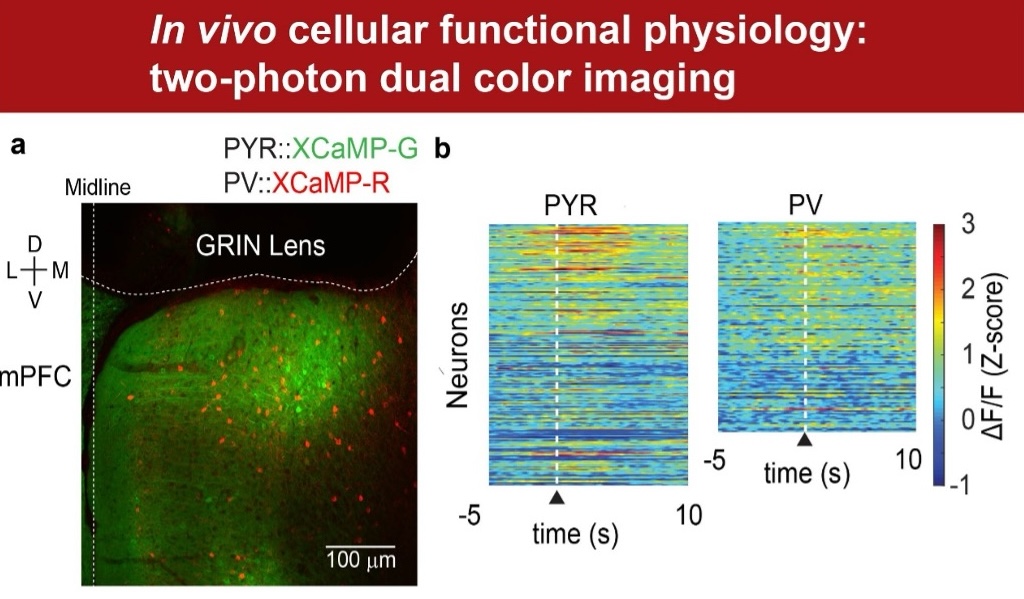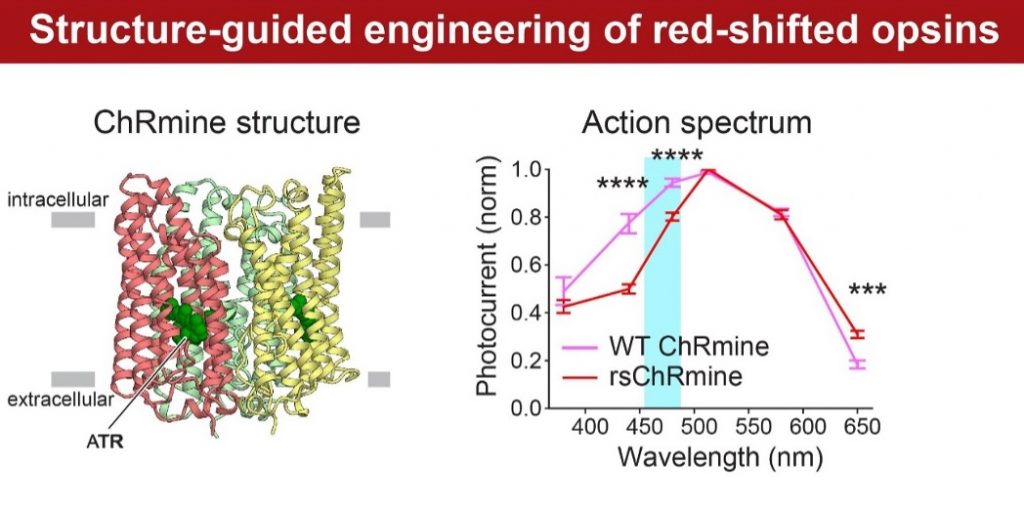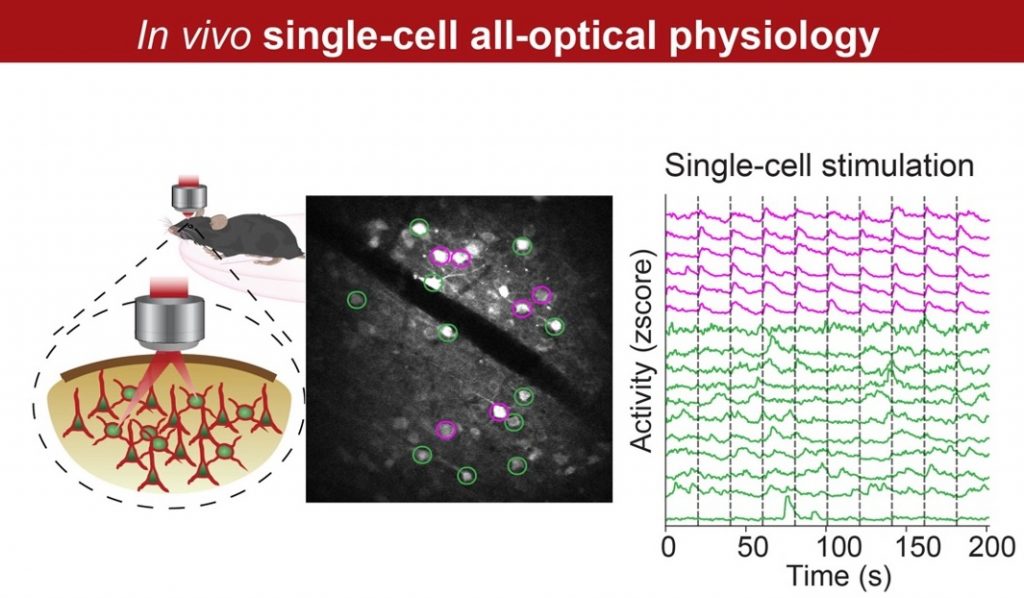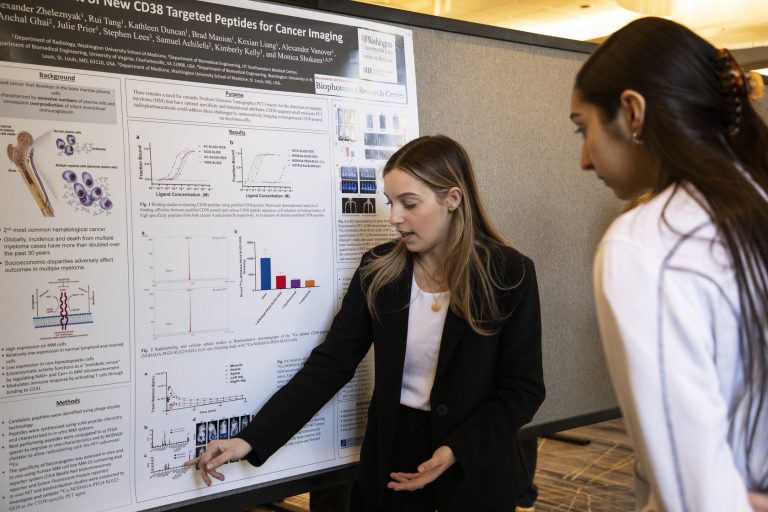Optical Brain Dynamics Laboratory
Projects
Dissection of Maladaptive Social Behaviors at Cellular Resolution
Goal
Our laboratory pioneers state-of-the-art optical techniques to uncover how social information is encoded in the brain, in both health and disease states. Our goal is to elucidate the complex neural circuits underlying social behavior in health and disease.
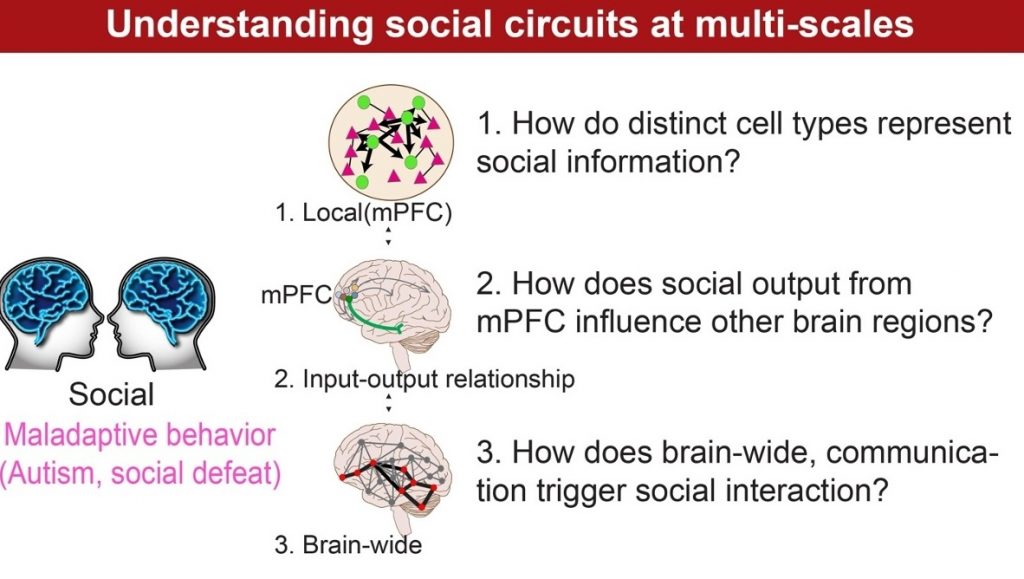
Developing Genetically-Encoded Optical Tools to Link Brain Circuits with Behaviors
Goal
We are dedicated to developing new tools that enable us to explore minimally invasive modalities for understanding neural circuits in health and disease states, from the molecular level to whole-brain dynamics. Our goal is to identify mechanisms that may be potential targets for therapeutic intervention.
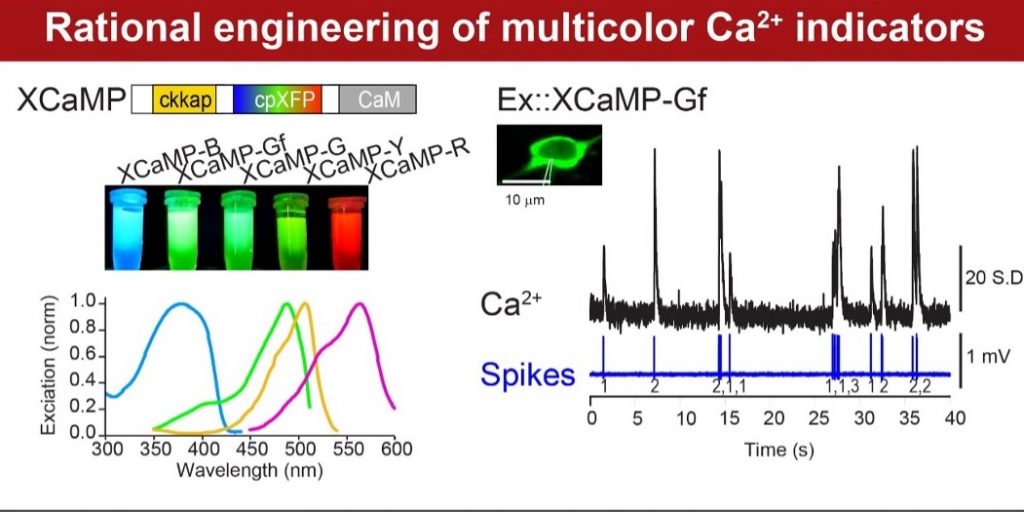
Multimodal Optical Interrogation of Neural Circuits Regulating Social Interaction
Goal
Complex behaviors, such as social behavior, are not thought to be controlled by a single cell type or brain region but rather arise from the coordination of different cell types throughout the brain. Our goal is to regulate specific behaviors by integrating multimodal datasets that include brain-wide activity measurements, anatomical mapping and gene expression profiling. This research has the potential to pave the way for cellular/circuit-based disease classification and targeted interventions.
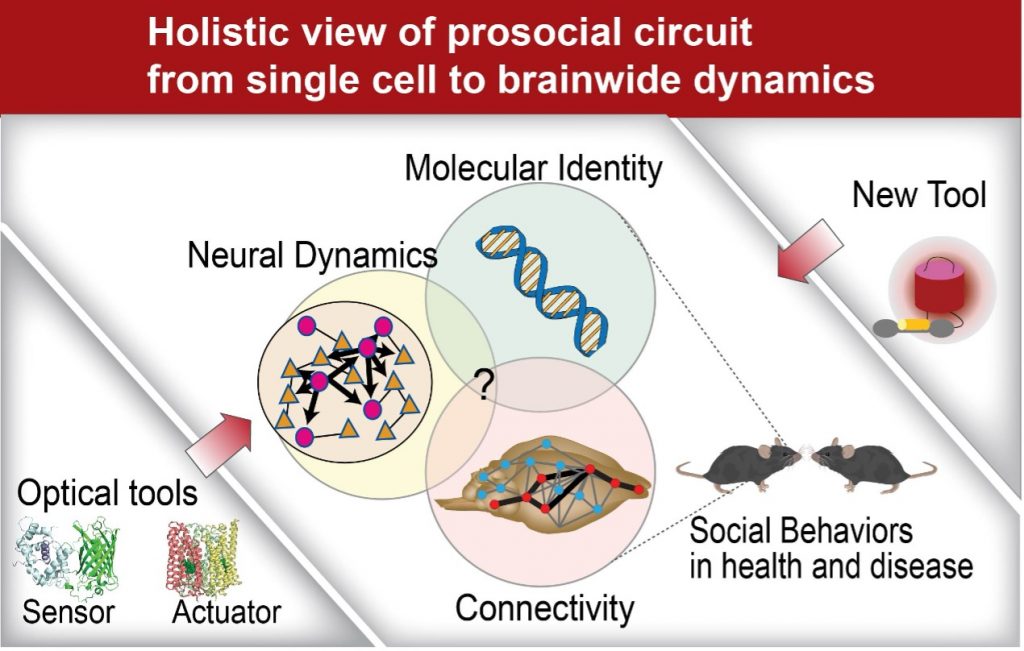
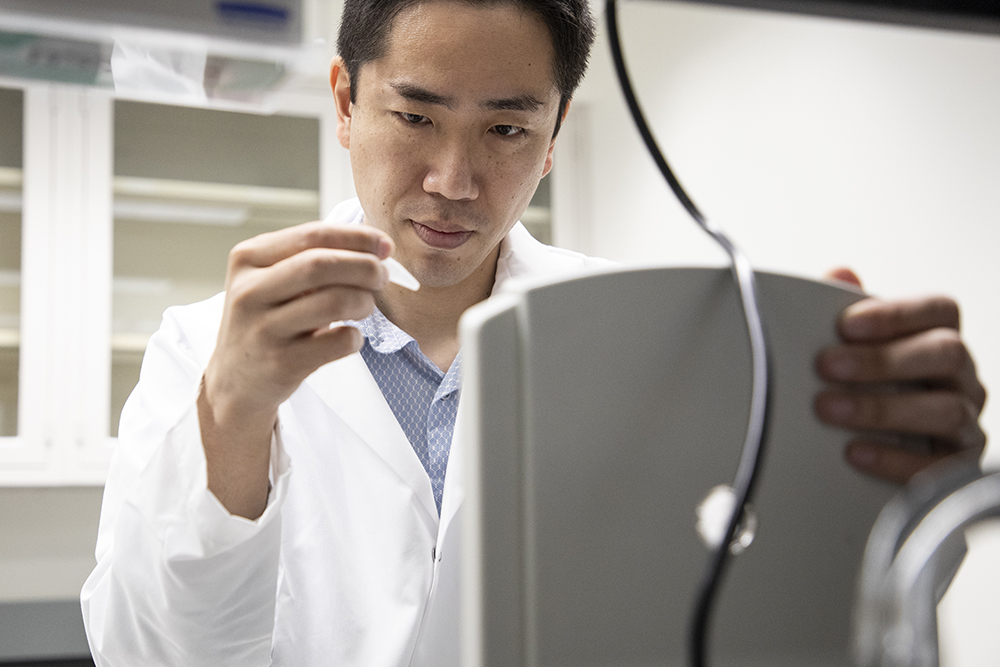
Our People
The lab, led by Masatoshi Inoue, PhD, features a diverse and interdisciplinary team with backgrounds in neuroscience, protein engineering and optics, dedicated to the multimodal interrogation of neural circuits regulating social behaviors.

